SBVS285 February 2017 TPS3852-Q1
PRODUCTION DATA.
- 1 Features
- 2 Applications
- 3 Description
- 4 Revision History
- 5 Pin Configuration and Functions
- 6 Specifications
- 7 Detailed Description
- 8 Application and Implementation
- 9 Power Supply Recommendations
- 10Layout
- 11Device and Documentation Support
- 12Mechanical, Packaging, and Orderable Information
Package Options
Refer to the PDF data sheet for device specific package drawings
Mechanical Data (Package|Pins)
- DRB|8
Thermal pad, mechanical data (Package|Pins)
- DRB|8
Orderable Information
6.7 Typical Characteristics
all curves are taken at 25°C with 1.6 V ≤ VDD ≤ 6.5 V (unless otherwise noted)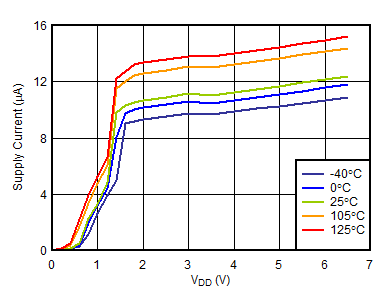
Figure 3. Supply Current vs VDD
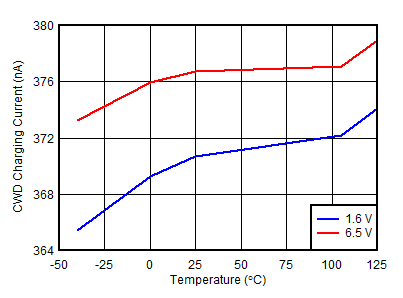
Figure 5. CWD Charging Current vs Temperature
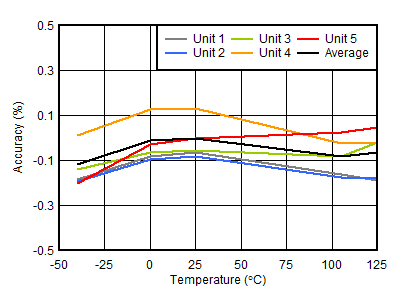
| TPS3852G33-Q1 | ||
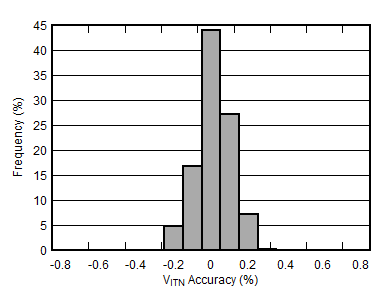
| Includes G and H versions with 3.3-V nominal monitored voltage, total units = 15,536 |
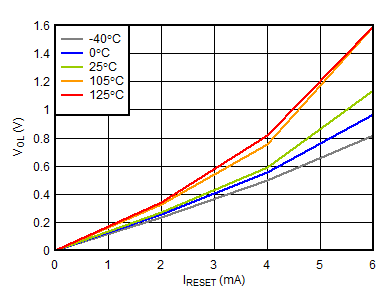
| VDD = 1.6 V |
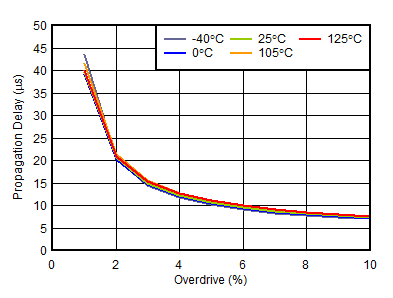
| TPS3852G33-Q1 entering undervoltage |
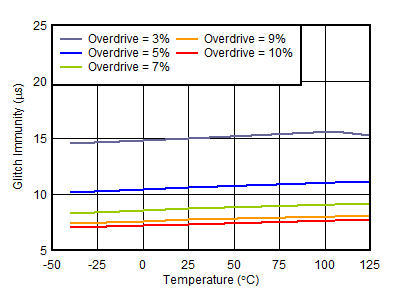
| VITN = 3.168 V |
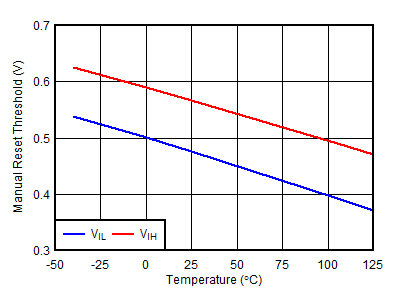
| VDD = 1.6 V |
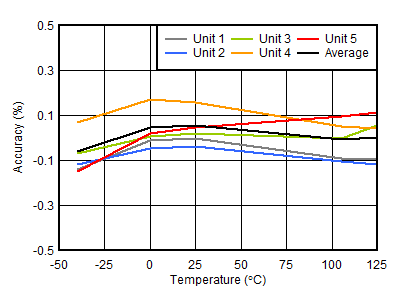
| TPS3852G33-Q1 |
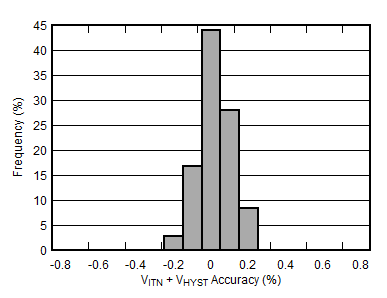
| Includes G and H versions with 3.3-V nominal monitored voltage, total units = 15,536 |
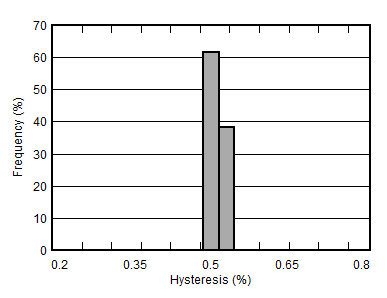
| Includes G and H versions with 3.3-V nominal monitored voltage, total units = 15,536 |
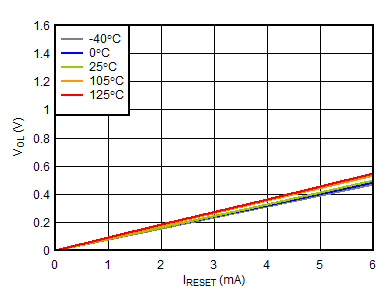
| VDD = 6.5 V |
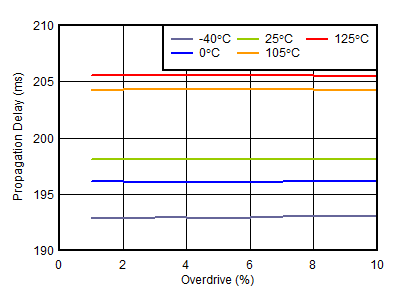
| TPS3852G33-Q1 exiting undervoltage |